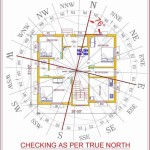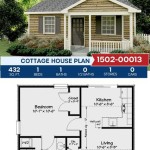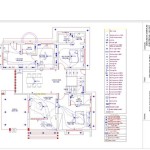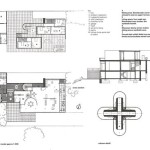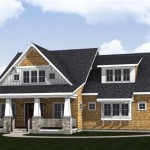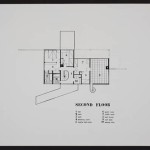Essential Aspects of Container House Floor Plans
Container houses are becoming increasingly popular due to their sustainability, affordability, and durability. When designing a container house, the floor plan is crucial as it determines the layout, functionality, and overall livability of the space.
Here are some essential aspects to consider when planning the floor plan of your container house:
1. Size and Configuration
The size of your container house will determine the number of containers you need and the configuration of the floor plan. Standard shipping containers are typically 20 or 40 feet long, and they can be stacked or placed side-by-side to create larger spaces.
2. Functional Zones
Divide the floor plan into functional zones, such as living areas, sleeping quarters, kitchen, bathroom, and storage spaces. Consider how these zones will flow together and how you will use them on a daily basis.
3. Windows and Natural Light
Maximize natural light by incorporating large windows or skylights. Proper window placement can also provide ventilation and reduce energy costs. Position windows to take advantage of views and avoid overheating from direct sunlight.
4. Insulation and Climate Control
Insulate your container house properly to maintain a comfortable temperature year-round. Choose insulation materials that are suited to your climate and budget. Consider passive design techniques, such as cross-ventilation and thermal mass, to reduce reliance on heating and cooling systems.
5. Plumbing and Electrical Systems
Plan the layout of plumbing and electrical systems carefully. Consider the location of sinks, toilets, showers, and appliances, as well as the routing of pipes and wires. Ensure that all systems are accessible for maintenance.
6. Storage and Built-Ins
Incorporate ample storage space into your floor plan. Use built-in shelves, drawers, and cabinets to maximize space and keep the house organized. Consider the height and accessibility of storage areas.
7. Code Compliance
Ensure that your floor plan meets all applicable building codes. This includes requirements for structural integrity, fire safety, insulation, and accessibility. Consult with a professional to ensure your design is compliant.
8. Customization and Flexibility
Container houses offer a high level of customization. Consider unique design features, such as mezzanine levels, porches, or rooftop decks. You can also modify the interior layout to suit your specific needs and preferences.
By carefully planning the floor plan of your container house, you can create a functional, comfortable, and eco-friendly living space. Take your time, research different options, and consult with professionals to ensure a successful design.

Container Home Floor Plans Types Examples Considerations Cedreo

Container Home Plans Blueprints Housing

Container Home 6 Floorplan Design Plans House

Gallery Of Container House Studio H T 9

Container Home House Plans Cargo Best Ing 4 Bedroom 3x40 Foot Containers

Container Concept Blueprint Plans For 3 Building A Home House

View All Floor Plans Custom Container Living

Container Home Floor Plans Structures Layouts More Ideas

20 Foot Container Home Floor Plans

Container Home Floor Plans And Design Ideas My Conex

